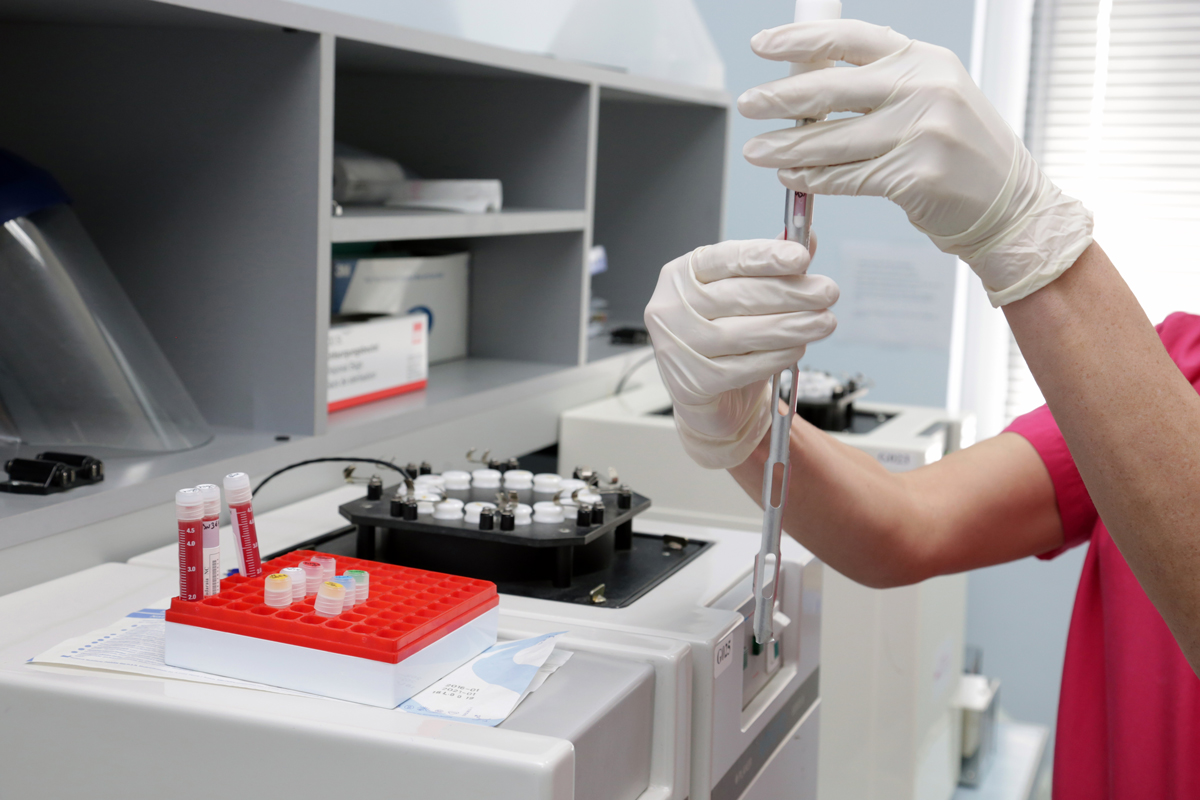Autism, more accurately referred to as ASD is still not a completely understood medical condition. One of the most challenging things about this condition is that it has such a huge range of different symptoms that for many years, it wasn’t even recognized as a distinct medical disorder. It wasn’t until the 1980s that ASD got its own category in mental health diagnosis. Before that, it was often incorrectly diagnosed as a variation of schizophrenia, which meant that many ASD patients got inadequate treatment.
Today, while we have a better understanding of ASD and its mechanics, our knowledge of this condition is far from complete. ASD can be treated as a mental disorder, but it also has some physical symptoms. While some of ASD’s symptoms can be treated through behavioral therapy, other symptoms may require medication, such as anti-depressants, or even anti-psychotics. And while autism can be a genetic disorder passed down through a family’s genetic line, it can also be caused by pre-natal conditions and even post-natal circumstances.
In other words, autism has many causes, many symptoms, and many approaches for treating it. The only thing that is consistent is that currently, medical science has no cure for it. One recent innovation in medicine, however, is getting promising results, and that is stem cell therapy, but how does it work?
The Promise Of Stem Cells
Stem cells have the medical nickname of “master cells” because they have a unique property that other cells in our body lack. Under normal circumstances, the only way to replace skin cells lost from a cut, or hair cells from shaving is by having the skin, or the hair, reproduce those cells from the same cells. In other words, skin cells can only grow more skin cells; they can’t grow brain or lung cells.
Stem cells, however, can do this. They start as a “blank” that is capable of becoming any cell in the human body. This, as surprising as it may seem, is hardly revolutionary since stem cells are what make it possible for a single, fertilized egg cell to grow into a baby, as cells divide, then ultimately “specialize” into organs like the brain, lungs, and liver. Under ordinary circumstances, however, stem cells are only present in large numbers during the growth of an embryo into a baby. Once we are born, the number of stem cells in our body is dramatically smaller and less versatile.
How Stem Cell Therapy Helps Autism
Stem cell therapy was first discovered as an effective treatment for blood-related cancer, specifically leukemia. Cancer’s primary effect is to cause rogue/mutation reproduction in cells, so that mutant cells eventually outnumber the healthy ones. Stem cell therapy was found to reverse this process, helping blood cells to start reproducing correctly.
For autism, stem cell therapy can transfuse stem cells into the body, and once there, can replace, or stimulate the growth of cells that may be impaired or damaged. If this is occurring with neural or brain cells, then it may mean that nerve or brain operations physically affected by autism, resulting in ASD symptoms, such as hostility, or lack of communicativeness, can be managed and reversed to some degree by the use of stem cell therapy.
How Is Stem Cell Therapy Applied?
There are essentially two different “grades” of stem cells. The best most versatile stem cells referred to as “pluripotent” are the stem cells used during pregnancy. Because these stem cells must be prepared to grow into every conceivable organ, they are the most useful and are available even after birth has occurred, provided that a mother, after delivery, consents to have the stem cells harvested. This is known as “cord blood,” because the area where stem cells are richest is in the umbilical cord.
If stem cells from birth are unavailable, less versatile, but still useful stem cells can be collected from the patient. This is a more protracted process that involves surgery to collect the stem cells from within bone marrow, but it is important to get stem cells biologically compatible with the patient. Any other stem cells will be rejected.
Once an approved supply of stem cells is available for transfusion, the stem cells are delivered intravenously or intrathecally. In the case of intravenous delivery, the bloodstream is used to transport stem cells to their destination, so a needle or IV is used in this method. Intrathecal delivery, which is more common for neural/brain-related stem cell transfusion, requires the spinal cord be used as the main thoroughfare to deliver stem cells. In this case, the stem cells are injected into the spine, from which point they naturally disperse.
It is important to get proper medical consultation before deciding to apply stem cell therapy to an autistic patient. In some cases, behavioral therapy can have much more positive, lifelong impacts for a child, but in other cases, only stem cell therapy may be an effective treatment. Make sure you make an informed choice.


